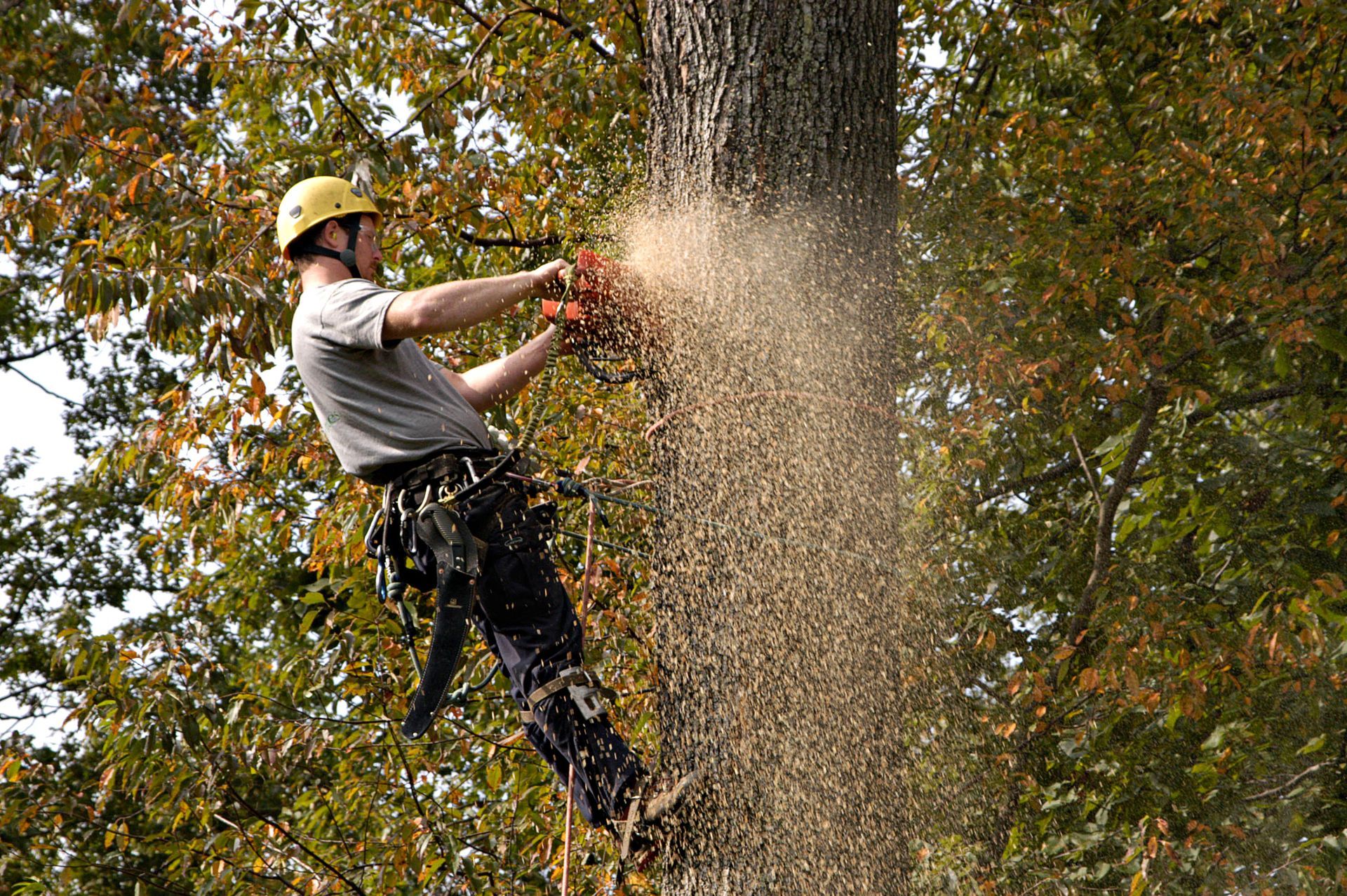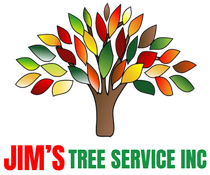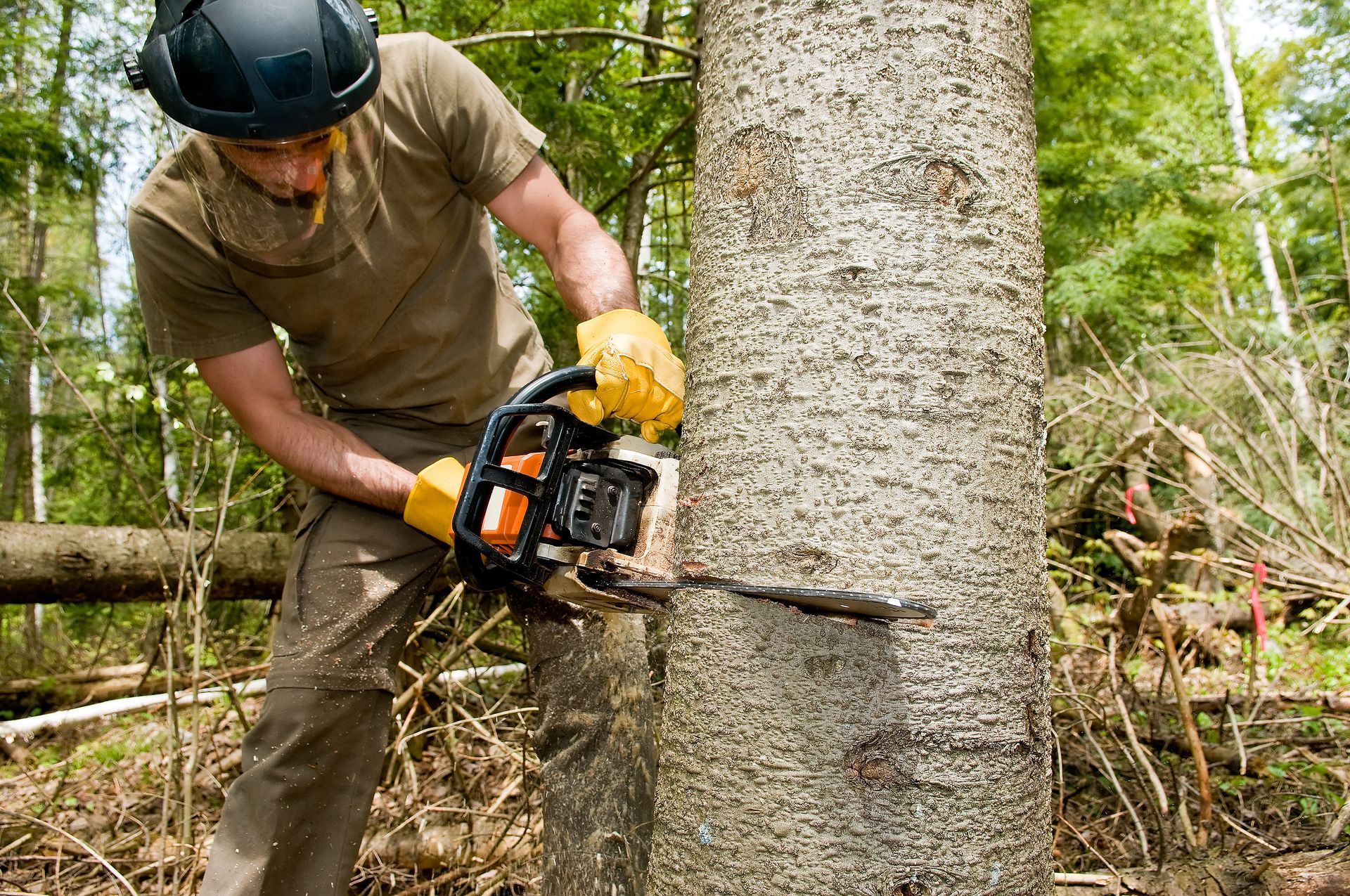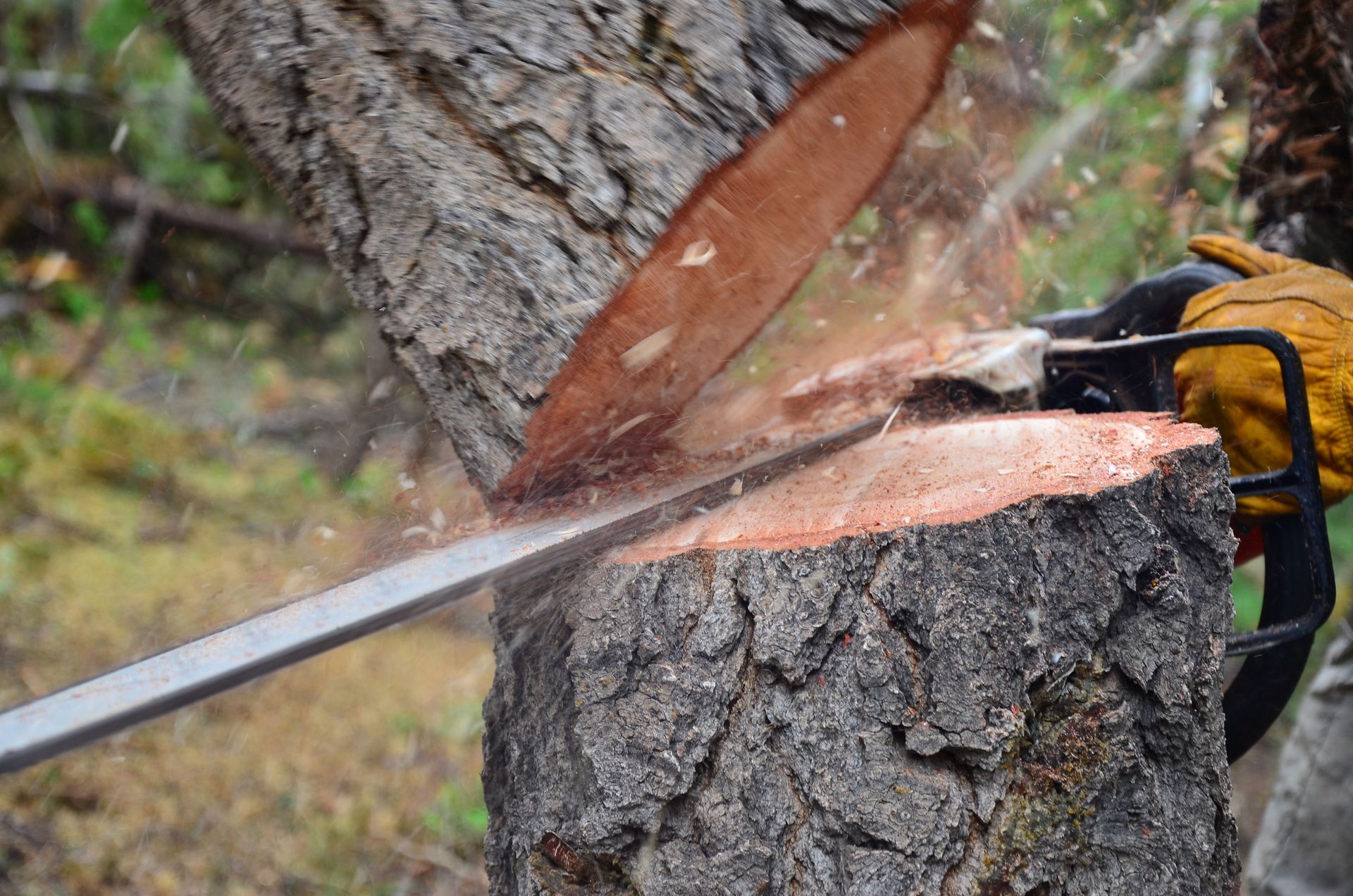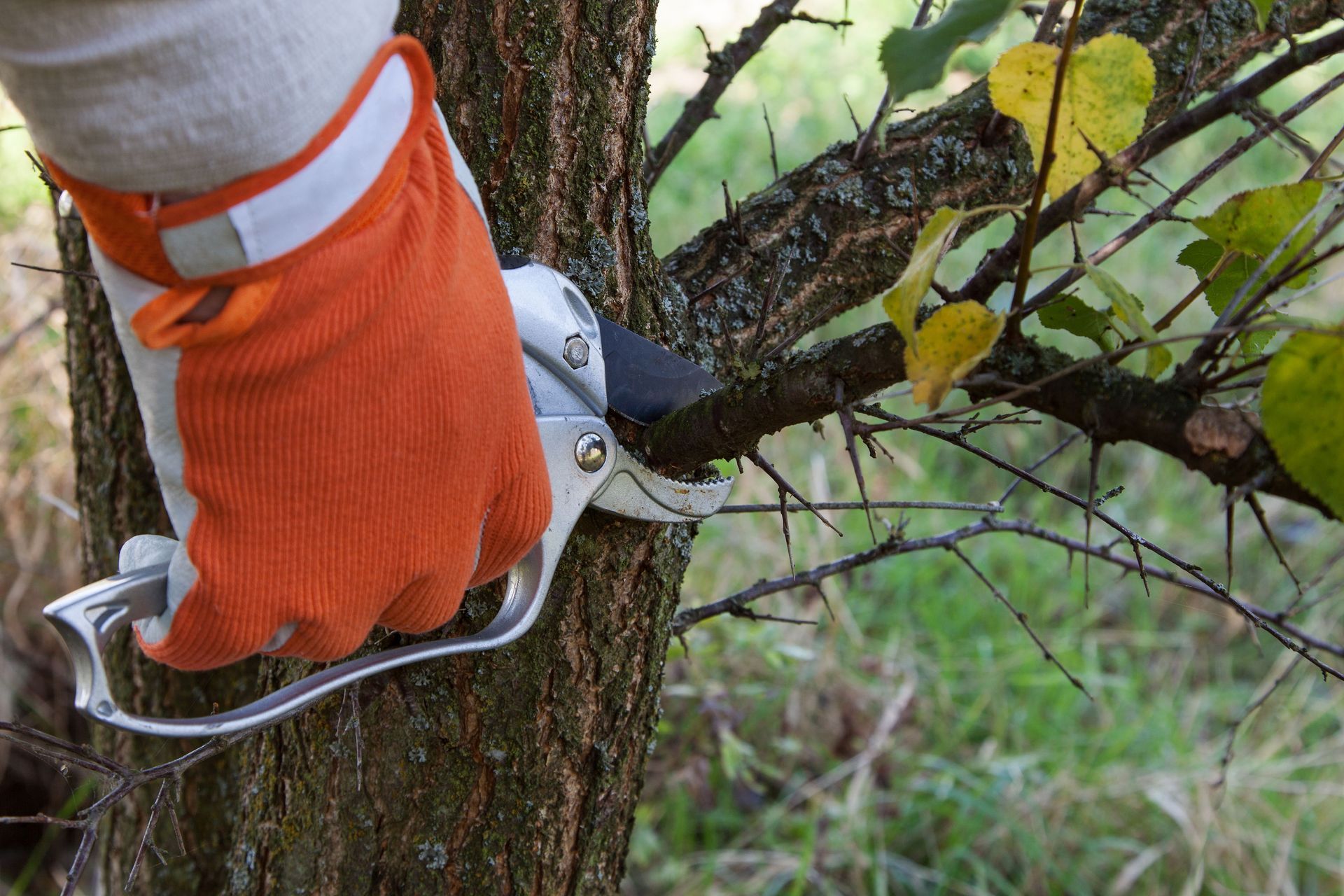September 30, 2025
Recognizing the right time to hire a professional tree removal service is crucial for maintaining safety, property value, and aesthetic appeal. Trees, while an essential part of the environment, can sometimes pose risks to structures, landscapes, and individuals if not properly managed. Understanding the signs that indicate when tree removal is necessary will empower homeowners to make informed decisions that ensure the safety and beauty of their properties.
1. Overgrown Branches Obstructing Your Property
Overgrown branches can become a significant problem, particularly when they begin to interfere with essential aspects of a property. Trees with branches that extend over power lines can create dangerous situations, leading to necessary power cuts or even electrical hazards. Professional tree removal services are adept at dealing with such issues, ensuring that branches are trimmed or removed without causing damage to utility infrastructure.
In addition to power lines, overgrown branches often obstruct driveways and sidewalks, creating not only an inconvenience but also a safety hazard. As branches extend over pathways, they can obstruct views for drivers and reduce visibility, potentially leading to accidents. A professional arborist can assess and rectify these obstructions, maintaining a clear and safe environment for both vehicle and pedestrian traffic.
Furthermore, branches that block sunlight access and obscure scenic views can diminish the livability and enjoyment of a property. The aesthetic and psychological benefits of sunlight and clear views should not be underestimated, making it important for homeowners to address these obstructions promptly. Overgrown branches can also place unnecessary strain on the tree itself, increasing the risk of falling branches—emphasizing the importance of professional intervention to maintain both safety and aesthetics.
2. Visible Signs of Tree Disease
Visible signs of tree disease often manifest as discolored or wilting leaves, serving as key indicators of underlying health issues. Diseases can spread from these leaves to other parts of the tree, infecting healthy tissue and ultimately threatening the tree's survival. Quick and expert evaluation by a professional tree removal service can identify and mitigate diseases before they decimate the tree or spread to neighboring plants.
The presence of fungal growth is another alarming sign that points to potential structural weakness within the tree. Fungi typically thrive in decaying wood, which can significantly compromise a tree's structural integrity. According to Today's Homeowner, if more than 50% of a tree is decayed or damaged, removal is necessary. Tackling such issues promptly with expert advice can prevent collapse and property damage.
Tree bark is another visible indicator of health, with peeling or cracked bark often pointing to serious problems. Healthy bark is essential for a tree's protection against environmental and biological threats. When insect infestations and pests become apparent, it's usually indicative of a weakened tree that can no longer fend off these threats. Dead or decaying wood further signifies the urgent need for disease intervention to prevent complete tree failure.
3. The Tree is Leaning Dangerously
When a tree leans excessively, it's a glaring sign of imbalance and instability that necessitates professional assessment by a tree removal service. Uneven growth patterns can result from various factors such as wind stress or uneven sunlight exposure, causing trees to adjust their growth direction to seek stability. However, once a lean becomes pronounced, it can be a precursor to collapse, especially during adverse weather conditions.
A leaning tree often reveals disturbed or exposed roots, which are symptomatic of soil erosion or root damage. Visible roots might also indicate that the tree no longer has a firm grip in the soil, further increasing the liability of a topple. Furthermore, soil erosion around the base often results from water runoff problems, necessitating timely roots support before the issue compounds.
Trees leaning dangerously pose imminent risks to structures or paths situated within their likely fall radius. Often, such trees have endured storm damage in their history, weakening natural defenses against further environmental stressors. Professional tree removal services meticulously evaluate these factors to determine the safest course of action for managing or removing the tree.
4. Presence of Dead or Dying Branches
Dead or dying branches are a sign of a tree struggling to maintain its vitality, often resulting from internal or external stressors. A thorough assessment of branch integrity by a trained arborist can reveal the likelihood of branch detachments and the subsequent hazard they pose. Addressing such concerns through professional trimming or removal prevents accidents, especially in high-traffic areas.
Seasonal changes often exacerbate branch mortality, with fluctuating climates subjecting trees to increased stress. Trees that fail to regenerate healthy foliage in spring after winter dormancy, for instance, likely have compromised health. Proactively addressing these issues during seasonal transitions allows for strategic tree management, maintaining a safe and visually pleasant environment.
While the presence of dead branches is grave on its own, the implications on tree health stretch far deeper. Branches in decay not only present falling risks, but also signal that the tree's overall health is declining. Professional diagnosis can determine the extent of damage and the necessary steps to preserve the remaining tree structure and health, mitigating the risk of further degradation.
5. Proximity to Structures and Buildings
Trees growing near structures pose unique challenges, particularly when their roots begin to impact foundations. As trees mature, their root systems extend and can interfere with building stability and structural integrity. Recognizing this issue early and investing in a professional tree removal service prevents costly foundation repairs and preserves building safety.
Structural damage is not solely limited to foundations; branches and foliage leaning against roofs or walls can cause decay and dampness. Additionally, tree species with aggressive growth behaviors require particular attention, as they may pose distinct challenges due to their size and spread rates. Carefully selecting and managing species near structures is imperative for long-term safety.
Beyond structure impacts, proximity can increase the likelihood of pest infestations, wherein both trees and nearby buildings endorse habitat conditions for pests. Moisture levels from foliage shading buildings increases risks of fungal issues, further necessitating professional oversight to prevent infestations and damp conditions from compromising health and property.
6. Recent Storm or Weather Damage
In the wake of severe weather, trees often sustain structural damage that isn't immediately apparent to the untrained eye. Broken limbs and scattered debris indicate visible damage, yet underlying stability might also be affected. A professional tree removal service will perform a detailed assessment to locate structural weaknesses, ensuring that hidden damage is addressed before it escalates into severe safety risks.
Stability following a storm merits cautious consideration: strong winds can dislodge root systems and cause trees to lean perceptibly towards danger zones. Responsively managing these concerns mitigates further hazards like potential uprooting or falling during subsequent storms. Tree maintenance post-storm is crucial to maintaining site safety and property protection.
Additionally, professional services aid in navigating the intricacies of insurance and liability matters following tree damage. By documenting and addressing storm impacts early, property owners are empowered to demonstrate proactive maintenance, satisfying claims requirements and potentially reducing liability claims. Emergency services offered by expert arborists pave the way for prompt resolution of potential costs and risks.
Recognizing the common signs that necessitate hiring a professional tree removal service helps safeguard property and promote safety. Whether dealing with overgrown branches, visible disease signs, dangerously leaning trees, dead branches, proximity concerns, or storm damage, professional intervention ensures trees are managed effectively. Here at Jim's Tree Service, Inc, we serve the Central Arkansas area with professional residential and commercial tree services. Since 1986, we've offered 24/7 emergency services as well as free estimates. Contact us today to get started!
